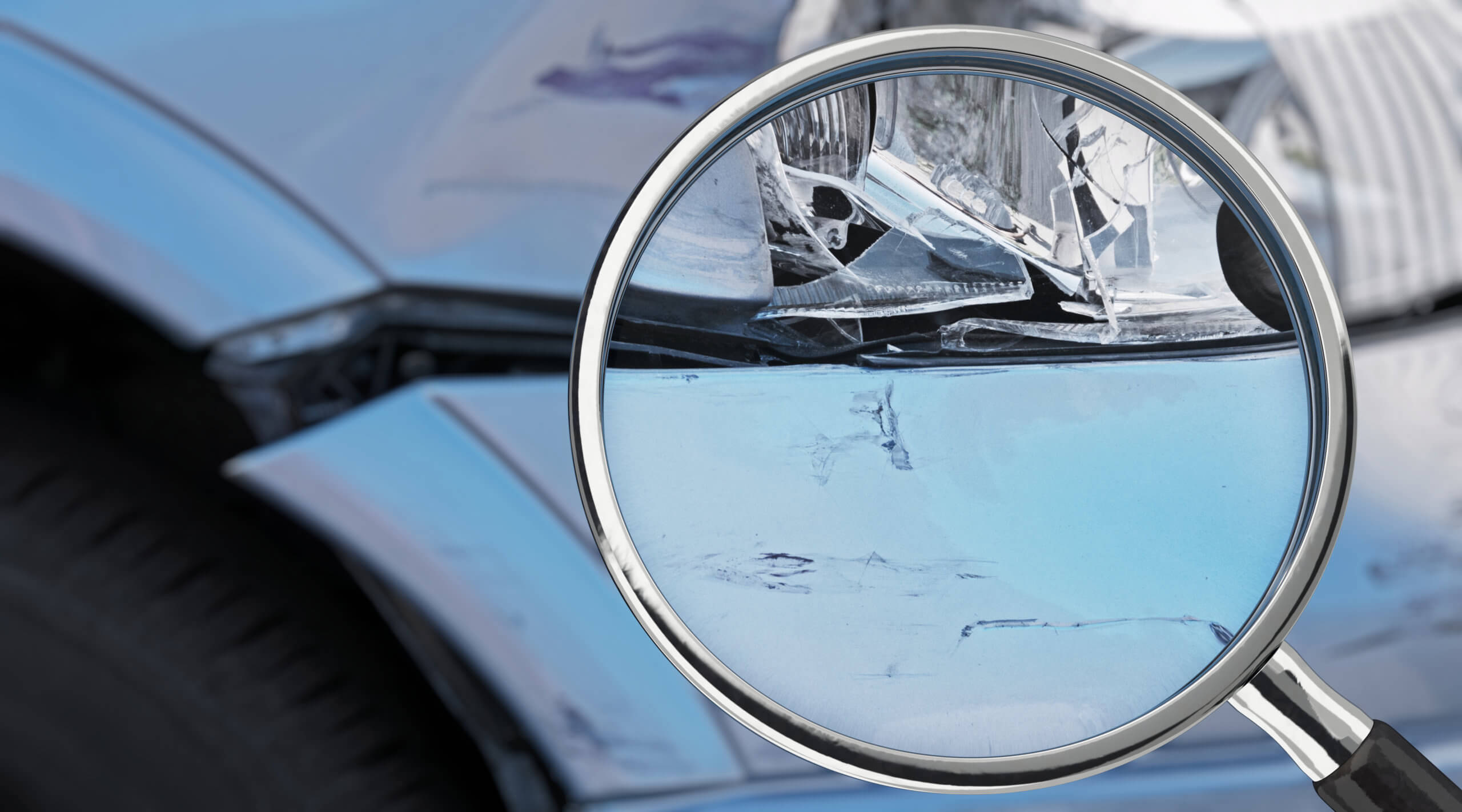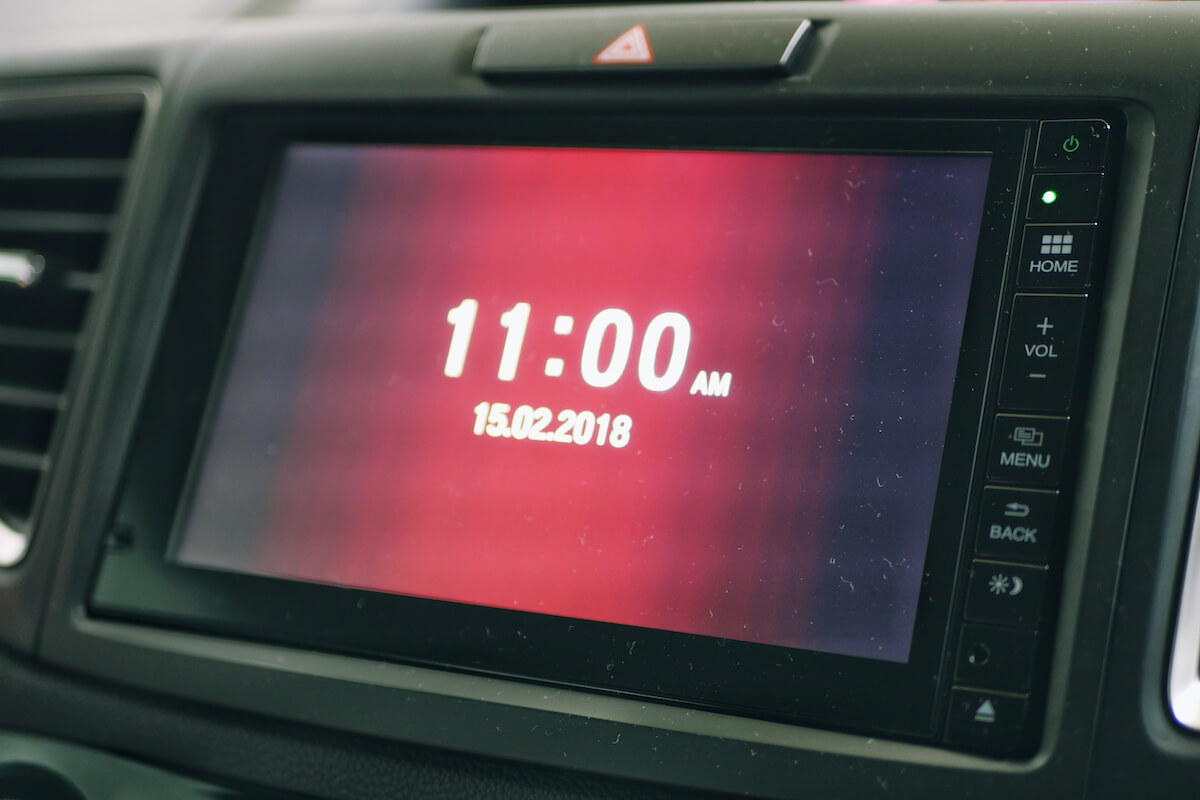Helping you uncover the real story
Our collision reconstruction group receives lots of inquiries about fraudulent or questionable collision claims. Some of these questions can be resolved by closely inspecting vehicle damage, such as:
- Is this damage consistent with a hit-and-run?
- Is all the damage related to this incident or was some pre-existing?
- Which party’s version of events is more accurate?
However, an entirely different set of questions can be addressed by digging into the data stored by a vehicle’s infotainment unit:
- Was this vehicle really stolen before it was crashed?
- Where did the vehicle travel in the days and hours leading up to the incident?
- What phones were connected to the vehicle and did they make any calls?
- Did the owners of the vehicles involved know each other?

How can these questions be answered to debunk potentially fraudulent claims?
What is an infotainment unit? It is the interface between the user and the vehicle for, you guessed it, information and entertainment. Usually, this takes the form of a large screen to the right of the driver and includes useful functions such as connecting with your phone, navigation, playing music, and adjusting various vehicle settings. We can currently access this information from over 14,000 vehicle models, including most major manufacturers such as GM, Ford, and Chrysler, and coverage is always expanding. With a VIN and preferably a photograph of the unit, CEP Forensic can look up the vehicle and confirm what data, if any, we are likely to get from each particular infotainment unit.
What kind of data do we get from these units? It varies substantially depending on the installed unit. Older units typically have limited information: what devices have connected in the past, the contacts on those devices, and perhaps some system event logs from the vehicle itself, but these are often not geo-tagged or time-stamped. As vehicles trend toward newer and more advanced systems, the more detailed information becomes available, including better connected device data and much more vehicle data such as:

- Navigation/GPS data (including geo-tagging of events)
- Vehicle events: doors opening, lights turning on and off, gear shifts
- Odometer readings at regular intervals
- Device connections with call logs, contacts, and text messages
- Vehicle movement (hard braking, hard accelerations)
And more! It all depends on what device the vehicle has.
CEP’s trained investigators put the puzzle back together
This information can go a long way in special investigations where knowing who was in the vehicle and where the vehicle went during a specific time period could be essential. If you have such a file, don’t hesitate to contact our Collision Reconstruction group to discuss the details so we can help you determine if the information you’re looking for will be available!
